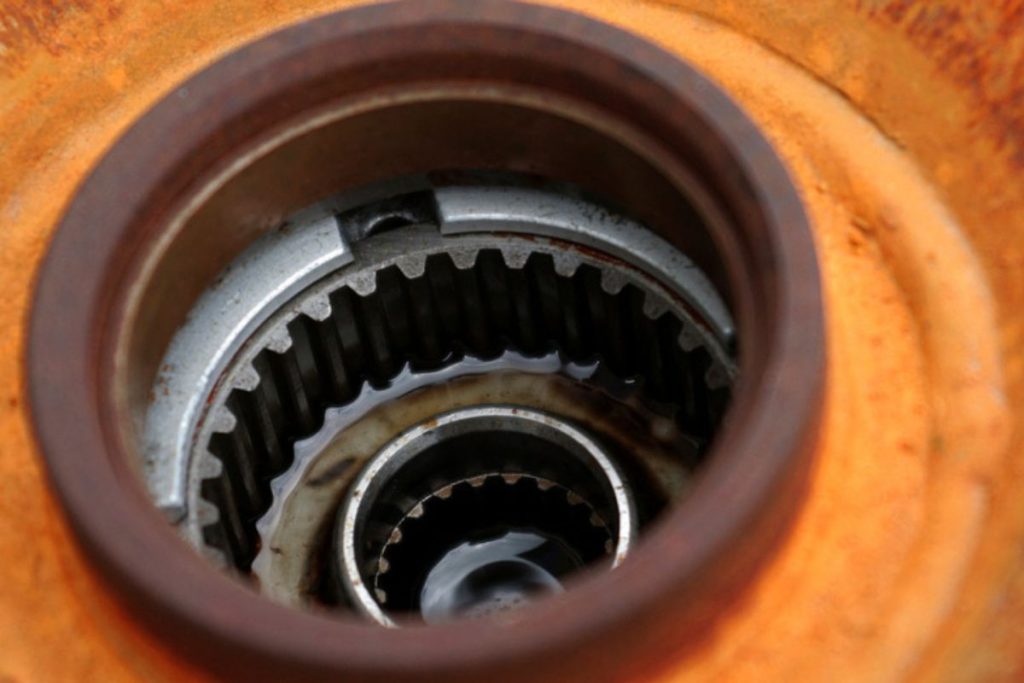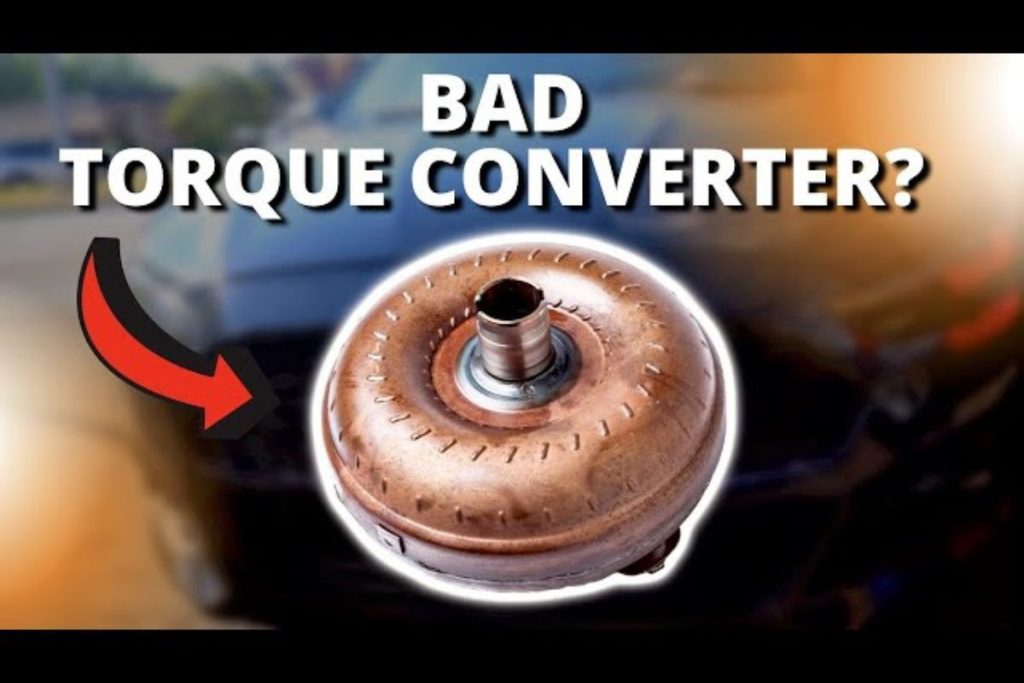Have you ever felt your car shake or vibrate when accelerating, especially around 30-50 mph? This annoying problem might be torque converter shudder a common transmission issue that affects thousands of drivers worldwide. Don’t worry though, because understanding this problem is the first step toward fixing it affordably and effectively.
What is Torque Converter Shudder?
Torque converter shudder is a vibration that occurs when your car’s torque converter clutch tries to lock up but fails to do so smoothly. Think of it like a handshake that keeps getting interrupted instead of a smooth connection, you get an uncomfortable shaking motion.
How Does a Torque Converter Work?
Your torque converter sits between the engine and transmission, acting like a fluid coupling that transfers power. When everything works properly, the lockup clutch engages smoothly at cruising speeds to improve fuel economy. However, when problems arise, this smooth engagement becomes a shuddering nightmare.
What Does Torque Converter Shudder Feel Like?
Most drivers describe torque converter shudder as:
- A vibration that feels like driving over rumble strips
- Shaking that happens during light acceleration
- Trembling sensation between 30-50 mph
- Vibration that goes away when you press the gas pedal harder
| Symptom | When It Happens | What You Feel |
| Light Shudder | 35-45 mph | Gentle vibration through steering wheel |
| Moderate Shudder | 25-55 mph | Noticeable shaking in seat |
| Severe Shudder | 20-60 mph | Strong vibration throughout car |

Main Causes of Torque Converter Shudder
Understanding what causes torque converter shudder helps you prevent future problems and choose the right repair method.
1. Contaminated Transmission Fluid
Dirty or old transmission fluid is the most common cause. When fluid breaks down, it cannot properly lubricate the torque converter clutch, causing rough engagement.
2. Worn Torque Converter Clutch
Over time, the clutch material wears down, similar to brake pads. This wear creates an uneven surface that cannot engage smoothly.
3. Internal Transmission Problems
Sometimes, pressure problems within the transmission prevent proper clutch operation, leading to shuddering.
4. Damaged Solenoids
Electronic solenoids control fluid flow to the torque converter. When these fail, the lockup process becomes erratic.

Key Symptoms of a Bad Torque Converter
Beyond shuddering, watch for these warning signs:
Primary Symptoms:
- Gear slipping during acceleration
- Rough idling when stopped
- Loss of acceleration power
- Overheating transmission
Secondary Symptoms:
- Strange noises from transmission
- Delayed engagement when shifting
- Poor fuel economy
- Check engine light
How to Diagnose Torque Converter Shudder
Simple Test You Can Do
- Drive your car at 35-40 mph on a flat road
- Lightly press the accelerator
- If you feel shuddering, try pressing the gas pedal harder
- If the shuddering stops with more throttle, you likely have torque converter shudder
Professional Diagnosis
A qualified technician will:
- Check transmission fluid condition
- Test drive the vehicle
- Use diagnostic equipment to read error codes
- Inspect torque converter operation
How to Fix Torque Converter Shudder
The good news is that torque converter shudder often has affordable solutions, especially when caught early.
1. Transmission Fluid Service
Cost: $150-300
The easiest and most common fix involves:
- Draining old transmission fluid
- Installing a new filter
- Adding fresh, high-quality fluid
- Adding shudder-fix additives if recommended
2. Shudder Fix Additives
Cost: $15-50
Products like Lucas Transmission Fix or Lubegard Instant Shudder Fixx can resolve minor shuddering by:
- Conditioning clutch materials
- Improving fluid properties
- Reducing friction variations
3. Torque Converter Replacement
Cost: $1,200-2,500
For severe cases, complete replacement may be necessary. This involves:
- Removing the transmission
- Installing a new or rebuilt torque converter
- Replacing all fluids and filters
- Road testing for proper operation
Prevention Tips
Prevent torque converter shudder with these simple maintenance steps:
- Change transmission fluid every 30,000-50,000 miles
- Use only manufacturer recommended fluid types
- Avoid aggressive driving habits
- Address transmission problems quickly
- Regular transmission inspections
Cost Breakdown: Torque Converter Repairs
| Repair Type | Average Cost | Time Required | Success Rate |
| Fluid Service | $150-300 | 1-2 hours | 70% |
| Additive Treatment | $15-50 | 15 minutes | 40% |
| Converter Replacement | $1,200-2,500 | 6-8 hours | 95% |
When to Seek Professional Help
Contact a transmission specialist immediately if you experience:
- Severe shuddering that worsens over time
- Complete loss of acceleration
- Burning smells from the transmission
- Fluid leaks under your vehicle
- Multiple transmission warning lights
What Happens If You Ignore the Problem?
Driving with torque converter shudder can lead to:
- Complete torque converter failure
- Transmission damage requiring rebuild
- Expensive repair bills ($3,000-5,000+)
- Potential safety hazards on the road
Conclusion
Torque converter shudder might seem scary, but it’s often fixable with proper diagnosis and timely action. Start with simple solutions like fluid changes and additives before considering expensive repairs. Remember, early intervention saves money and prevents bigger problems down the road.
If you’re experiencing transmission shuddering, don’t wait have it checked by a qualified professional today. Your wallet and your driving comfort will thank you later.